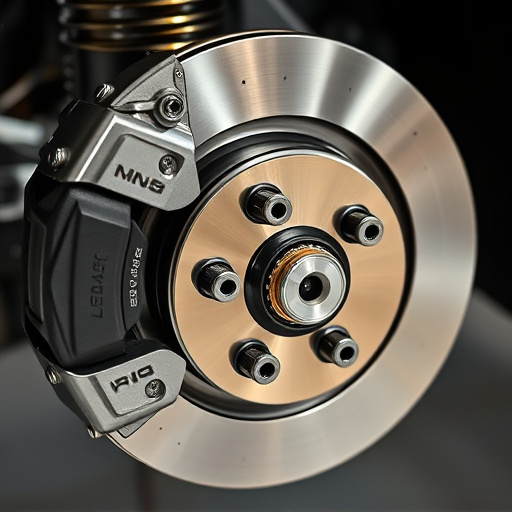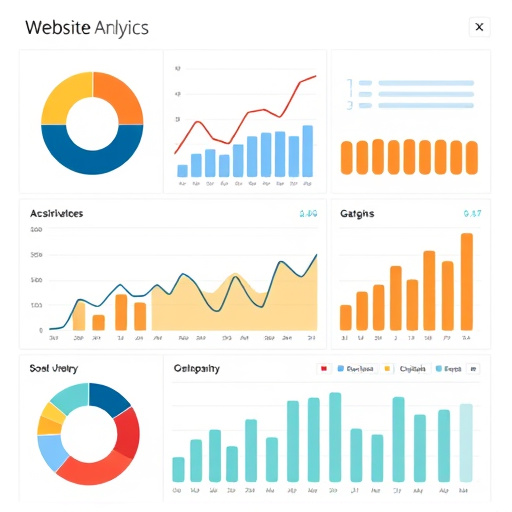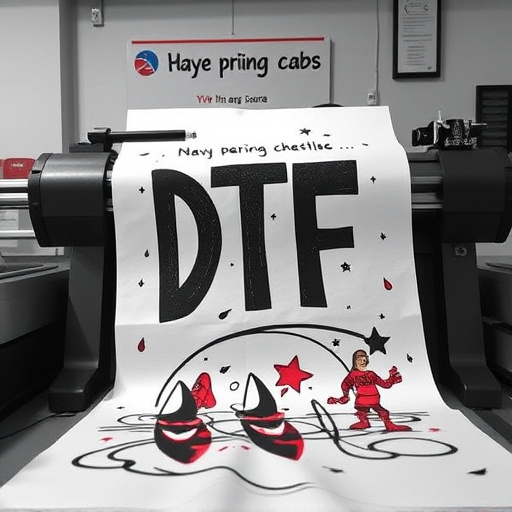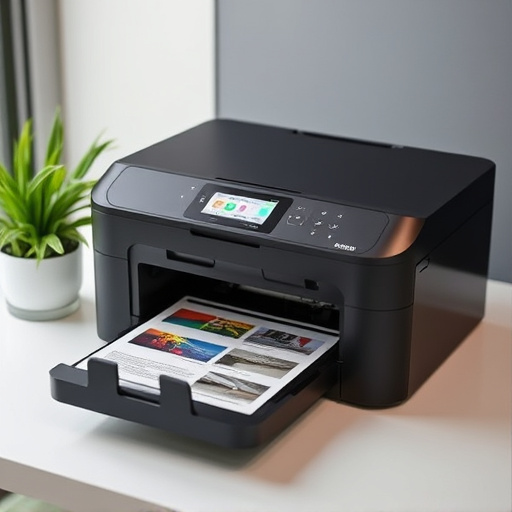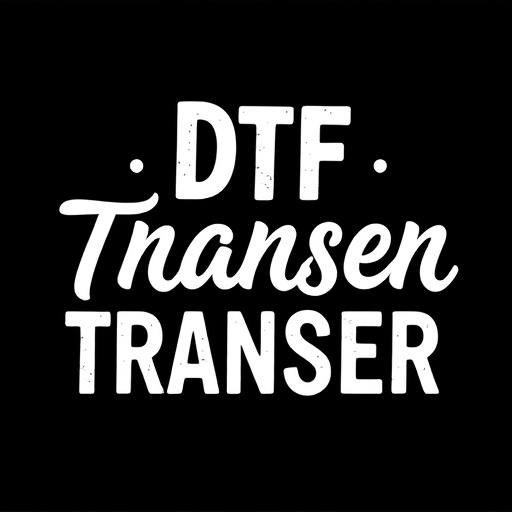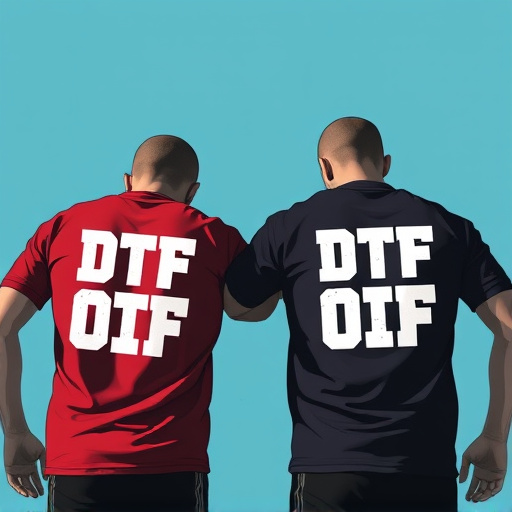DTF Printing (Direct-to-Film) is a game-changer for businesses, offering high-quality printing directly onto various film surfaces like polyester and mylar. Its advantages include eliminating intermediate steps, providing versatile applications from merchandising to advertising, ensuring crispness and accuracy, streamlining production, and reducing costs. DTF excels in producing long-lasting, vibrant prints with quick turnaround times, making it ideal for signage, billboards, window graphics, and marketing materials. Businesses can enhance their spaces and adapt swiftly to market demands by implementing this cutting-edge technology, as demonstrated through successful retail and event management case studies.
“Direct-to-film (DTF) printing is transforming business applications with its high-quality, cost-effective solutions. This article delves into the world of commercial-grade DTF transfers, exploring their benefits and diverse uses. From understanding the fundamentals of DTF printing to implementing this technology and real-world case studies, we uncover why businesses are adopting this game-changing method. Discover the advantages, key considerations, and best practices for effective DTF printing, revolutionizing the way you approach film transfers.”
- Understanding Direct-to-Film (DTF) Printing: A Brief Overview
- Commercial Applications of DTF Printing: Why Choose This Method?
- The Advantages of Using Commercial-Grade DTF Transfers
- Key Considerations for Effective DTF Printing in Business Settings
- Implementing DTF Technology: Step-by-Step Guide and Best Practices
- Case Studies: Successful Integration of DTF Printing in Various Industries
Understanding Direct-to-Film (DTF) Printing: A Brief Overview

Direct-to-Film (DTF) printing is a cutting-edge technology that allows for high-quality, precise reproduction of images and graphics directly onto various film surfaces. This innovative process eliminates traditional intermediate steps, such as printing on paper or vinyl, and enables direct application to films like polyester or mylar. DTF Printing offers unparalleled versatility, making it suitable for a wide range of business applications, from promotional merchandising to large-scale advertising.
The simplicity of the DTF method lies in its direct approach. Images are transferred digitally, ensuring crispness and accuracy. This technology is particularly advantageous for creating custom, on-demand products, as it allows businesses to swiftly adapt to changing market demands. By bypassing traditional printing methods, DTF Printing streamlines production, making it an efficient and cost-effective solution for many commercial needs.
Commercial Applications of DTF Printing: Why Choose This Method?
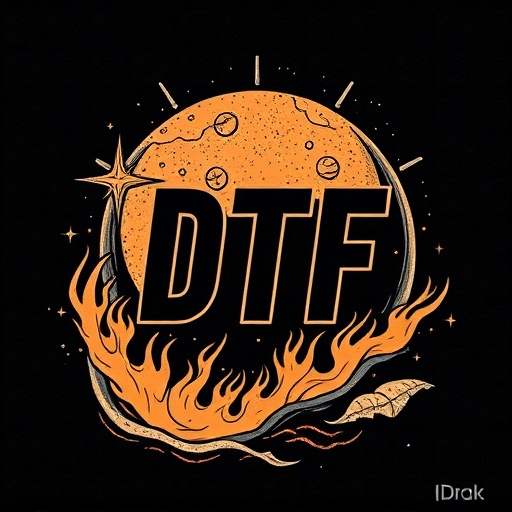
Direct-to-film (DTF) printing has gained significant traction in various commercial applications due to its versatility and high-quality output. This method allows businesses to create custom, visually appealing displays such as signage, billboards, and window graphics with remarkable precision and vibrancy. DTF Printing offers a range of benefits that set it apart from traditional printing techniques, making it a preferred choice for marketing and branding efforts.
One of the key advantages is its ability to produce long-lasting prints on a variety of materials, including vinyl, polyester, and even metal. This versatility enables businesses to enhance their indoor and outdoor spaces with eye-catching graphics that can withstand environmental factors. Additionally, DTF Printing facilitates quick turnaround times, allowing companies to swiftly adapt to changing market demands and maintain dynamic visual communication strategies. Its superior color accuracy and detail reproduction ensure that branding messages are effectively conveyed, creating a lasting impression on customers and clients alike.
The Advantages of Using Commercial-Grade DTF Transfers
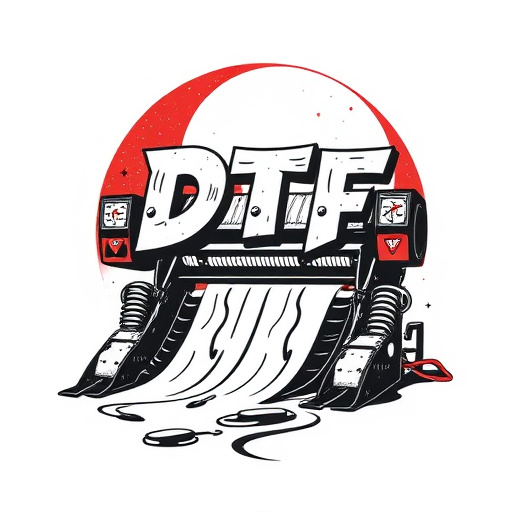
Commercial-grade direct-to-film (DTF) transfers offer a multitude of advantages for business applications, enhancing productivity and streamlining operations. Firstly, they eliminate the need for intricate setup processes often associated with traditional printing methods. This means faster turnaround times and reduced costs, as there’s no extra expenditure on plates or maintenance. DTF Printing is particularly beneficial for businesses that require frequent updates or custom designs, as it allows for quick revisions without incurring significant penalties.
Moreover, commercial-grade DTF transfers ensure superior print quality, delivering vibrant colours and crisp details. This is essential for marketing materials, where first impressions matter. The direct application of ink onto film results in a durable, long-lasting finish that’s resistant to fading or smudging. This makes it ideal for outdoor signage or display advertisements that demand longevity. Additionally, DTF Printing enables businesses to achieve complex designs and intricate patterns with ease, fostering creativity and allowing for unique branding opportunities.
Key Considerations for Effective DTF Printing in Business Settings
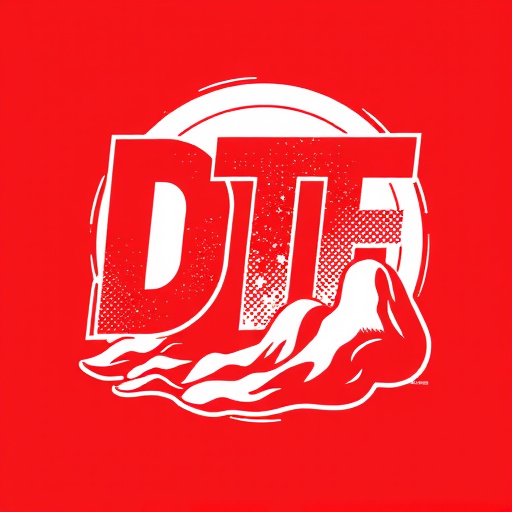
When implementing commercial-grade direct-to-film (DTF) transfers for business applications, several key considerations come into play to ensure effective and high-quality printing. Firstly, understanding your specific business needs is paramount. Different industries have unique requirements; whether it’s for signage, packaging, or promotional materials, the desired outcome varies. For instance, outdoor advertising demands durability and weather resistance, whereas product packaging requires precise color reproduction and adherence to brand guidelines.
Another crucial aspect is choosing the right DTF printing technology. Inkjet printers offer vibrant colors and fine detail, making them ideal for graphic-intensive designs. Laser printers, on the other hand, excel in speed and precision, suitable for high-volume printing tasks like labeling or receipt printing. Additionally, media compatibility should be evaluated; selecting films or papers compatible with your chosen printer is essential to avoid issues like ink smudging or improper adhesion. Regular maintenance and calibration of equipment also play a significant role in maintaining consistent print quality over time.
Implementing DTF Technology: Step-by-Step Guide and Best Practices
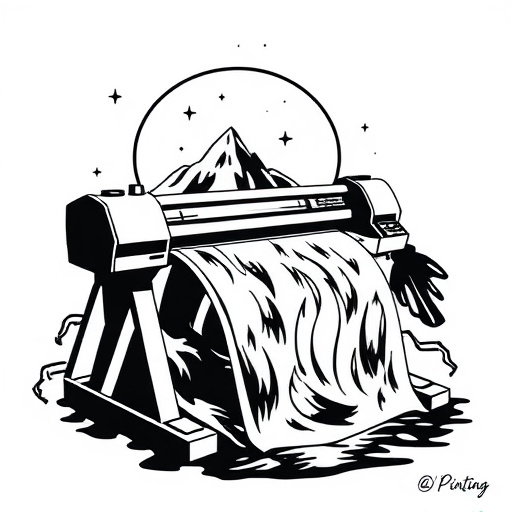
Implementing Direct-to-Film (DTF) Technology for business applications is a straightforward process with careful planning and adherence to best practices. First, assess your project’s requirements, including the desired print quality, media type, and color accuracy standards. Next, select suitable DTF printing hardware and software that align with your needs, considering factors like resolution, speed, and compatibility with existing systems.
Once equipped, prepare your digital assets for transfer by ensuring they meet the necessary specifications in terms of file format, resolution, and color profile. Calibrate your printer accurately to match industry standards for vibrant and accurate prints. During the printing process, maintain optimal conditions like proper temperature, humidity, and pressure settings. Regularly clean and maintain your DTF printer to prevent contamination and ensure consistent quality over time.
Case Studies: Successful Integration of DTF Printing in Various Industries
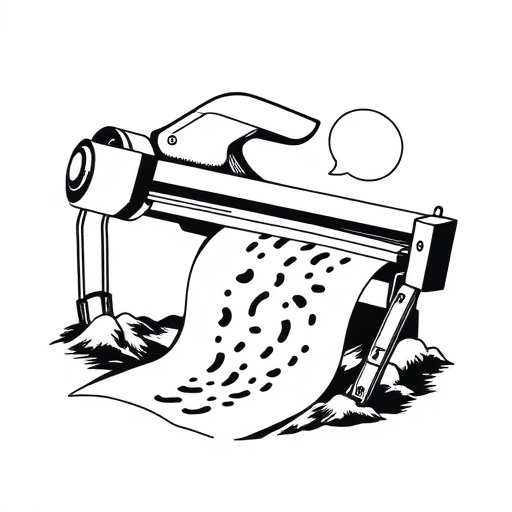
Direct-to-film (DTF) printing has proven its versatility and impact across multiple industries, offering unique and high-quality visual solutions. Case studies showcase its successful integration in fields such as retail and advertising, where custom signage and display materials have been transformed. For example, a leading fashion retailer adopted DTF Printing to create dynamic in-store displays, allowing them to swiftly update visuals based on seasonal trends and promotions. This agility resulted in increased customer engagement and improved overall store aesthetics.
In the event management sector, DTF Printing has left its mark by enhancing the experience of major conferences and festivals. Organisers utilized it for crafting personalised badges and programs, adding a layer of sophistication to attendee experiences. The technology’s ability to print on various materials at high speeds ensures that businesses can meet demanding deadlines while maintaining exceptional quality, making it an invaluable asset in today’s fast-paced commercial landscape.

